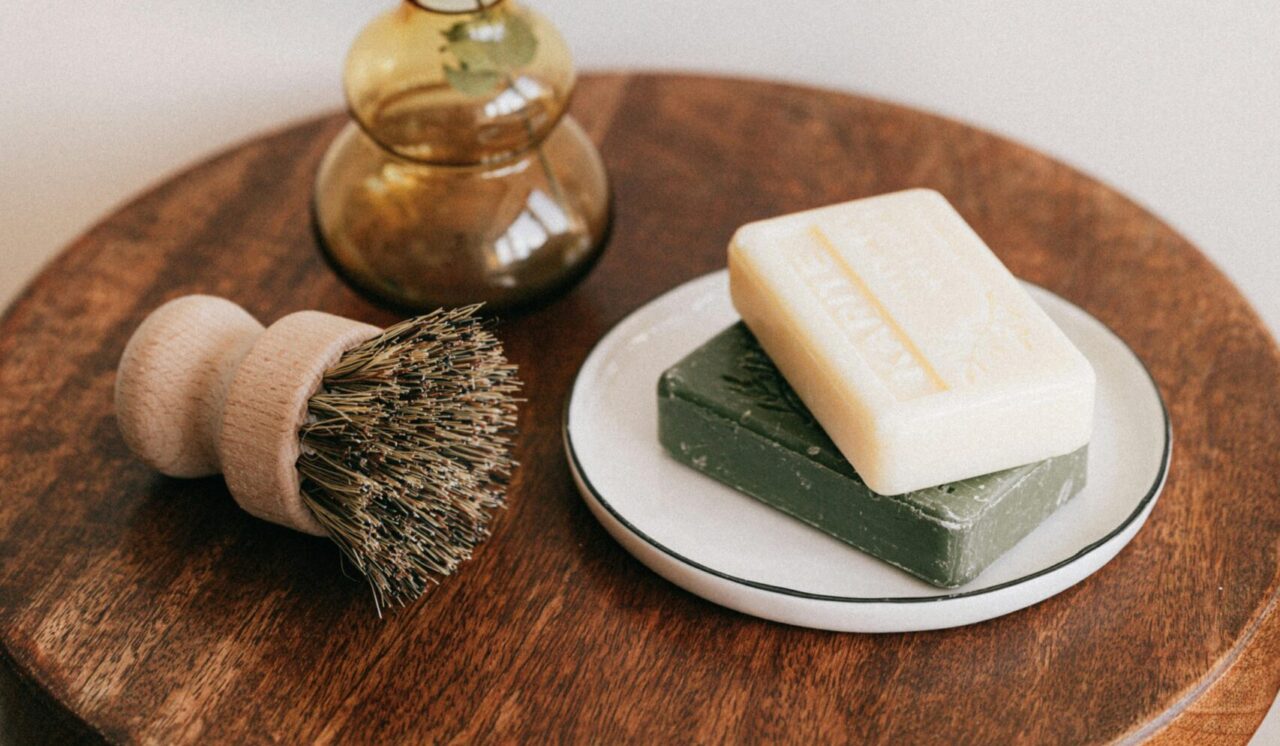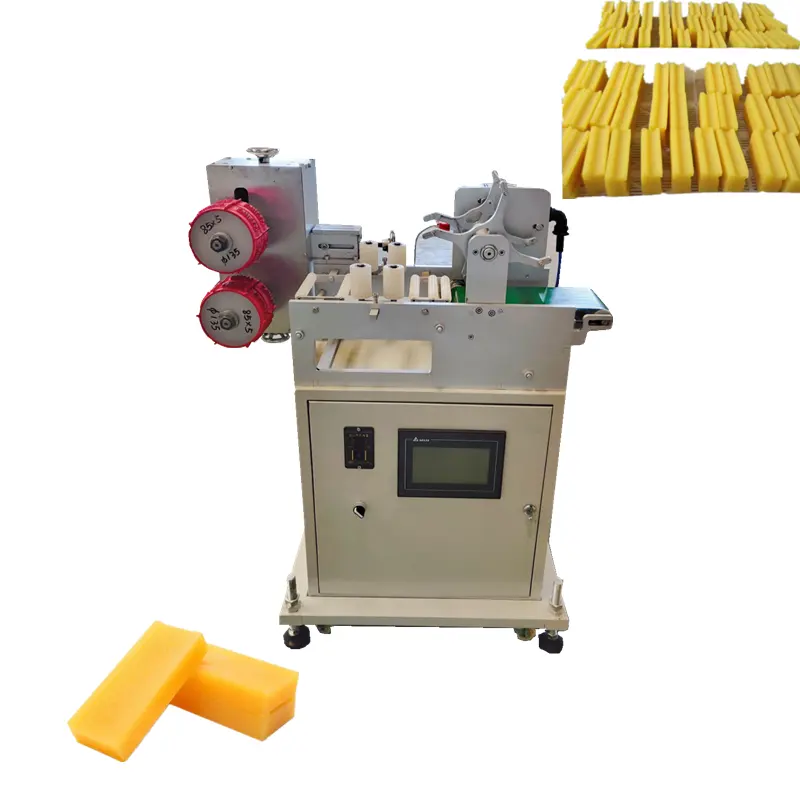
A soap plant is an industrial facility designed for the production of soap. These plants typically consist of several key stages and machinery for the soap-making process, which can vary depending on whether the soap is being made for personal hygiene, industrial purposes, or as a detergent.
Key Processes in a Soap Plant:
1. Saponification: The chemical reaction between fats or oils and an alkali (typically sodium hydroxide or potassium hydroxide) to produce soap and glycerin.
2. Glycerin Removal: Glycerin is either removed or retained in the soap, depending on the type of soap being produced (e.g., commercial vs. glycerin soap).
3. Soap Drying: After saponification, the soap contains water and must be dried. This is often done using vacuum dryers, reducing the water content to about 10-15%.
4. Mixing and Additives: Perfumes, colors, and other additives (like moisturizers) are mixed into the dried soap.
5. Milling: The soap is finely milled to ensure an even distribution of additives and a smooth texture.
6. Extrusion: The soap is then extruded into long bars and cut into the desired shapes and sizes.
7. Stamping: The bars are stamped with the brand’s logo or other markings.
Types of Soap Plants:
Laundry Soap Plants: Designed for producing solid soap for cleaning clothes and industrial purposes.
Toilet Soap Plants : Used for manufacturing soaps for personal hygiene with added fragrances and skin-conditioning agents.
Liquid Soap Plants : Focus on producing liquid soaps or detergents, which are often made using a different process involving synthetic chemicals rather than fats and alkali.


